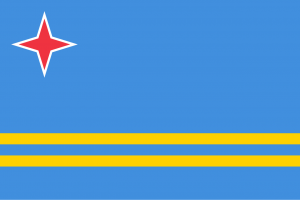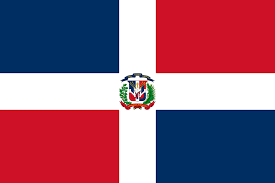
The Dominican Republic is a dynamic Caribbean nation that seamlessly blends natural splendor with vibrant cultural traditions and economic vitality. Known for its white-sand beaches, lush mountains, and rhythmic music, the country is a thriving hub of Afro-Caribbean and Latin influences. As the most visited destination in the Caribbean, it offers a stunning range of experiences—from historical wonders and world-renowned festivals to cutting-edge urban development.
Sharing the island of Hispaniola with Haiti, the Dominican Republic boasts a breathtakingly diverse landscape. Pico Duarte, the highest mountain in the Caribbean, rises majestically to 3,098 meters. The country is also home to Lake Enriquillo, the lowest point in the Caribbean, surrounded by salt flats and flamingos. The lush Cordillera Central, tropical rainforests, mangroves, and over 1,600 kilometers of coastline provide endless ecological variety.
Tourism is the main driver of the Dominican economy, with popular destinations like Punta Cana, Samaná, and Puerto Plata attracting millions each year. The country also excels in agriculture, exporting sugar, coffee, cacao, bananas, and tobacco. Free trade zones support a growing manufacturing sector that includes textiles, electronics, and medical supplies. Additionally, the mining sector contributes significantly through gold and nickel exports.
The Dominican Republic is a cultural powerhouse, blending Spanish, African, and Taíno influences. Music and dance are central to life here, especially merengue and bachata—genres that originated in the DR and are now celebrated worldwide. Family and community are vital values, and the country hosts many colorful festivals and carnivals filled with lively parades, elaborate costumes, and infectious rhythms.
Dominican food is hearty, flavorful, and influenced by Spanish, African, and indigenous Taíno traditions. Notable dishes include:
The Dominican Republic boasts 29 national parks and protected areas, including the Jaragua and Los Haitises National Parks. Whale watching in Samaná Bay is a major attraction from January to March. The country is investing in eco-tourism, marine conservation, and sustainable agriculture.
Infrastructure projects include the expansion of highways, the Santo Domingo Metro, and renewable energy ventures such as wind and solar farms. The government is promoting a digital economy and innovation hubs, especially in Santo Domingo’s “Distrito Nacional.”
From its colonial heart to its rainforest-covered mountains and vibrant coastal towns, the Dominican Republic is a land of contrasts and energy. It invites travelers to experience its music, food, culture, and scenic wonders. Whether you’re climbing the highest peaks, dancing to merengue, or basking on turquoise shores, the DR offers unforgettable moments and a deeper understanding of the Caribbean spirit.

